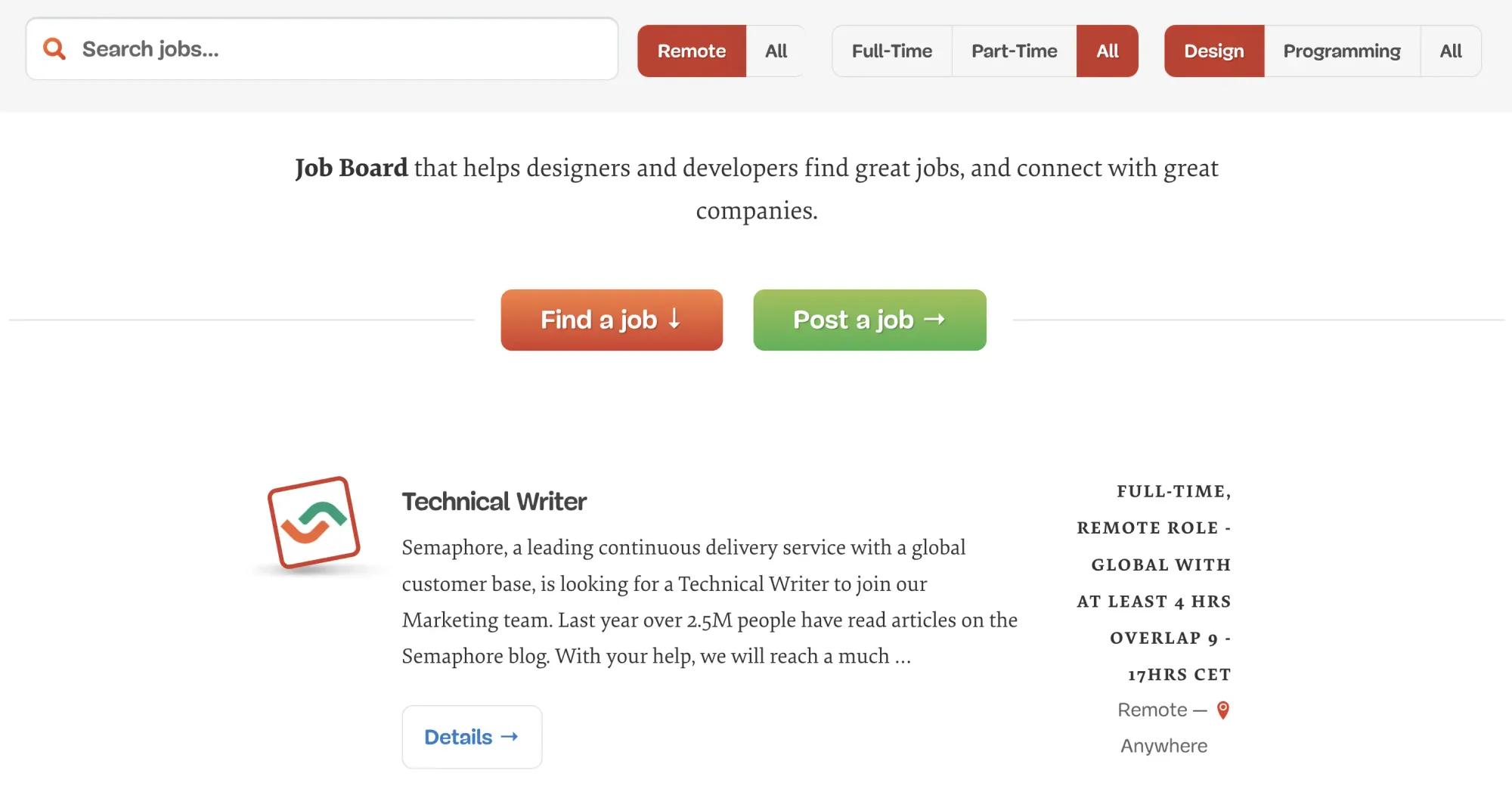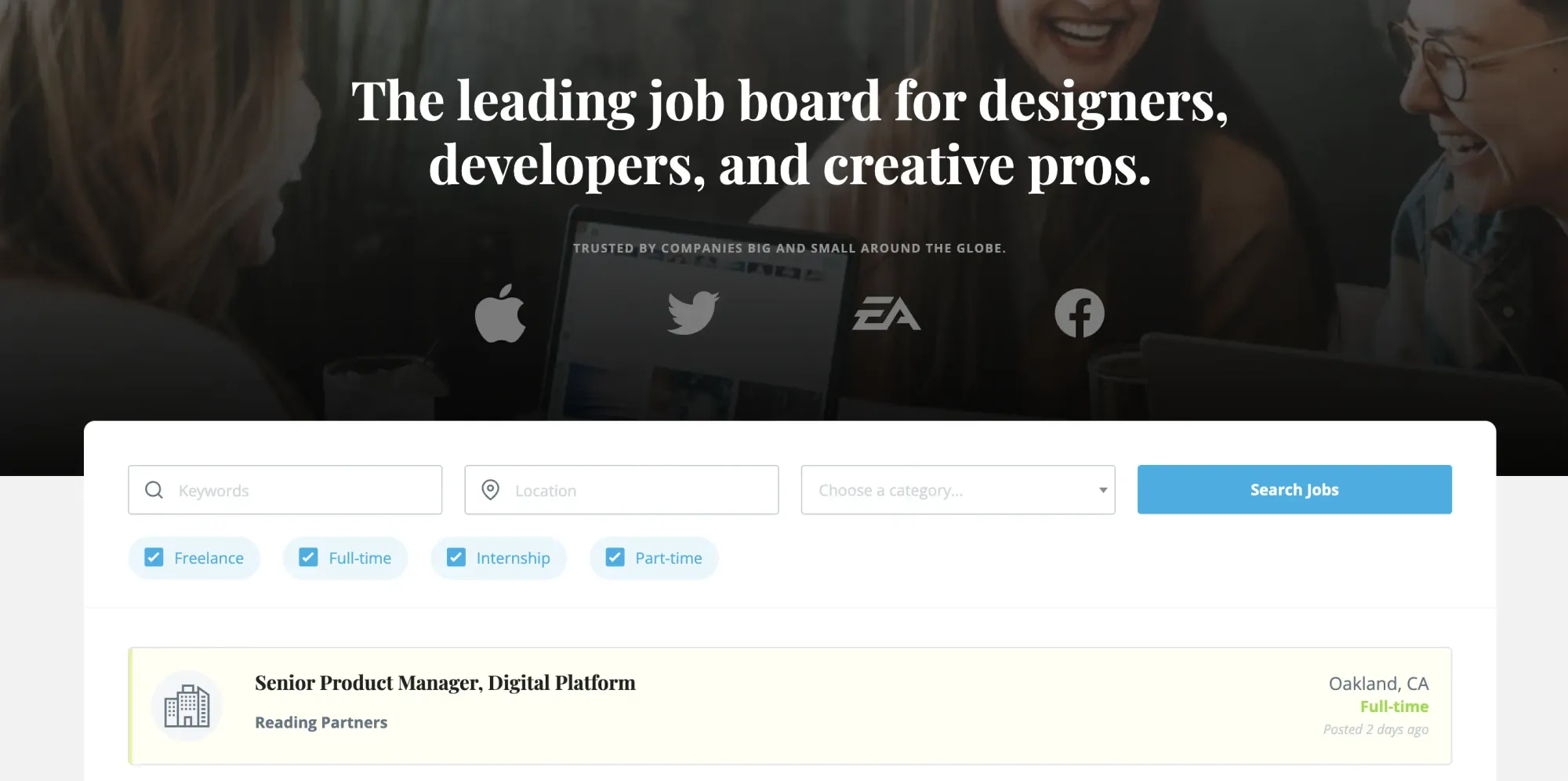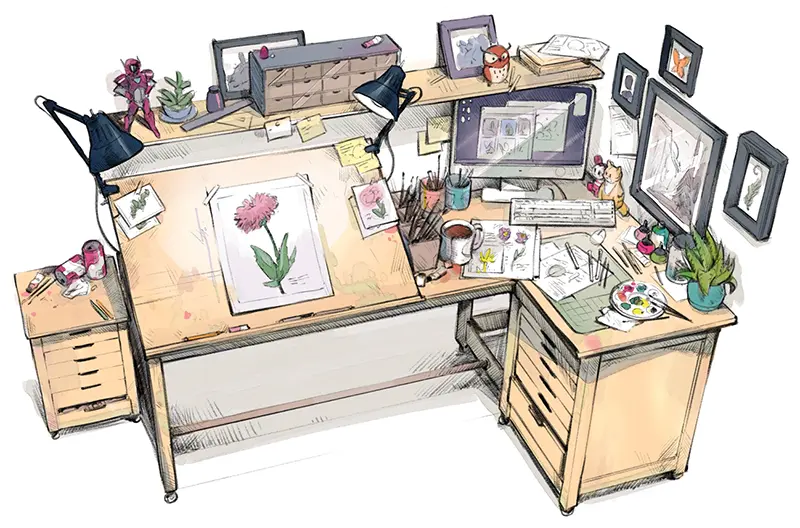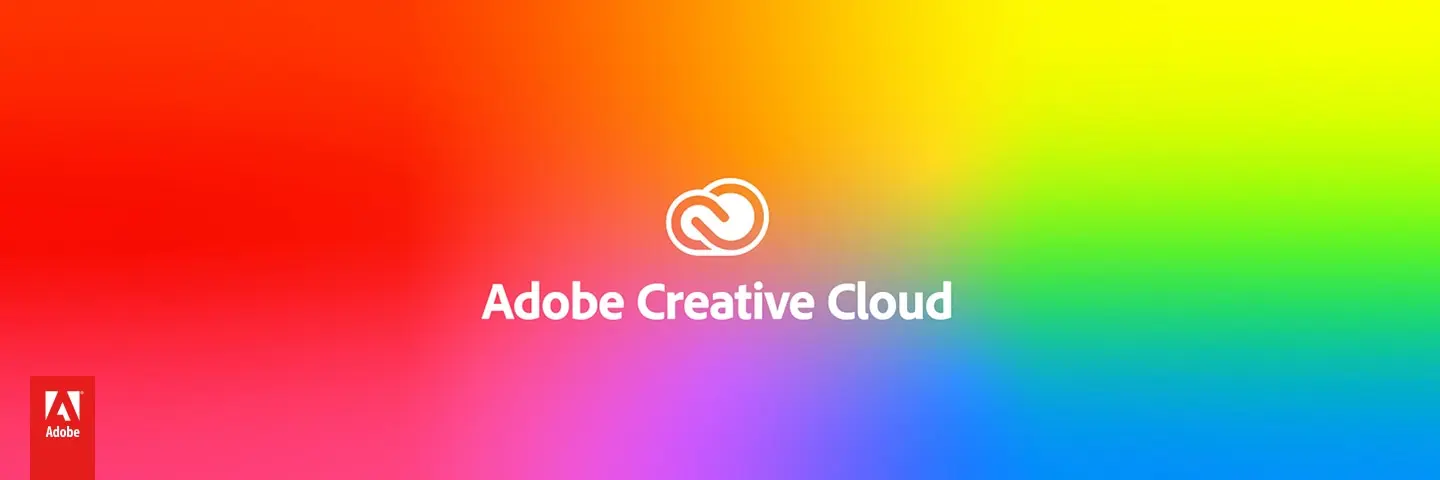Learning how to become a freelance illustrator is one method of being your boss and getting paid to draw for a living come true.
Whether you want to utilize your artistic abilities to advance your career as a side business or go full-time at first, knowing what's required in starting a new field might be beneficial.
Before we get into the 5 tips on how to become a freelance illustrator, it's important to understand what illustration art is and how it varies from drawing.
What is Freelance Illustration?
A company pays an artist to make drawings and designs for them. This is known as freelance illustration.
Illustrators are used by a variety of sectors to create marketing material and product packaging. Freelance illustrators are often self-employed, but others work as contractors for advertising firms or media companies.
What does Freelance Illustrator Create?
A company needs illustrations to create products and services as well as advertise them. A freelance illustrator can draw for a variety of different types of art or products, including:
Concept Design and Graphic Design
T-shirt designs and print patterns on apparel and accessories fall into this category. Even though many firms have in-house design teams, it is typical for enterprises, brands, and other organizations to outsource garment and product design.

Rather than attending internal team meetings or dealing with higher-ups inside the organization, the freelancer will usually communicate with the internal design team via email, meeting deadlines and coordinating efforts.
Disney, Mattel, and MGE, for example, all outsource design work in this way (as well as too many others to count).
Entertainment
This includes comic books, matte paintings for movies and television, and any other entertainment-related work.

To fulfil the schedules of a bigger project, a VFX or art department may outsource some of its work. In the case of comic books and similar publications, artists may contribute guest strips, panels, or cover art that helps both the magazine and the artist by attracting customers to each other.
It's a big umbrella that covers a lot of ground and varies as much as the art itself.
Character Design and Product Illustration
Toys, fashion design, entertainment art, and other product design are frequently associated with this.

Illustrators frequently draw, and as a result, they are hired to develop a variety of concept art and character designs for a variety of businesses.
Toy companies, greeting card companies, entertainment companies, and other businesses use freelancers to help them bring their ideas to reality.
Artwork for Books and Magazines
Editorial work can be done for newspapers, periodicals, or blogs, and is one of the most prevalent outlets for illustrators.

While many businesses employ stock art, prominent newspapers such as The New Yorker are known for their drawings, which are created by freelancers. The same may be said about book covers and illustrations on the inside pages.
Designers undertake the designing, while illustrators are frequently relied upon to handle the sketching, painting, and other tasks.
5 Freelance Illustrator Tips
While every company and project will want to see your portfolio, there are a few more things you can do to help you acquire your first assignment or those elusive, larger clients.
So, to help you get started as a freelance artist, here are five of the greatest tips:
Top 1: Schedule time to manage your business
It's vital to remember, according to experts, that this job requires you to operate a business. There's a lot more to it than just drawing great pictures. Make space for all of the extra tasks that need to be completed.
Giving yourself designated time each week or month for project management, administrative activities, client communication, and job hunting will help you avoid being overwhelmed and working late into the night to complete these and other assignments.
Tip 2: Find a niche and specialize
After you've assessed what you can offer potential clients in terms of general design talents as well as those supplementary services, restrict your attention to what you like illustrating and where you specialize.
You may construct a portfolio that appeals to your audience by focusing your efforts on a certain speciality or business.
Companies, on the whole, want to see work that resembles what they aspire for themselves.
Tip 3: Put Together a Portfolio
You should have a portfolio of your greatest work to exhibit before applying for a freelance job.
Consider what industry you want to work in, whether it's editorial, publishing, children's books, graphic novels, or comics, and customize your portfolio to that market.
If you do food graphics, for example, you may target restaurants and companies with a relationship to food.
It's also crucial, to create your work, experiment with new ideas, and allow your imagination to run wild. Make them work for which you want to get employed!
Tip 4: Provide a Very Satisfactory Experience
You should focus on both parts of your work while you continue to handle both jobs as a freelance artist:
Making excellent art vs. perfectly gratifying a customer.
When it comes to balancing your art and your company, there are plenty of debates we could have.
Some artists, for example, consider it "selling out" to change their creative work in response to customer input. While this may be great for a well-known fine artist who has paid their dues, it's a different matter if you're just starting as a freelance artist.
Tip 5: Broaden your sources of income.
On the other hand, many artists are discovering new ways to supplement their income through their work.
Here are a few ideas to get your creative mind flowing:
- Turn your greatest artwork into goods that you can sell with Printful or Merch by Amazon.
- Create digital packages or other materials to offer on marketplaces like CreativeMarket using your skills.
- Use a platform like Udemy or Skillshare to teach classes to other artists interested in learning how to make the type of work you produce.
Diversifying your business adds stability and durability to it. You're also allowing yourself some leeway so you don't become imprisoned as a freelance artist by establishing "just another job."
Freelancing Job Sites for Illustrators
Freelance illustrators have several options for marketing themselves in this digital age. Artists' favourite channels for showcasing their work and advertising their services to clients are generally portfolio sites and social media, but these aren't the only options.
Freelance websites might assist you in marketing your craft to a bigger audience of potential clients.
Some of the greatest freelancing job sites for independent artists are listed below:
1. Upwork
Upwork is derived from the idea that organizations have in obtaining talent, whether you're a developer, writer, virtual assistant, or marketing.

That's where you come into play. It's an excellent location to meet individuals who share your interests, with a focus on cooperation.
For specific jobs, you may charge per hour or specify preset pricing.
2. Freelancer
Freelancer is an easy-to-use website that makes looking for work a breeze. It bills itself as the "easiest and safest method to get work done online," and it's worth a go if you're a graphic designer or developer.

3. Guru
Guru is a global network of over 1.5 million freelancers in the development, creative, and business industries.

Users may create a profile with examples of their prior work, and once recruited, the Work Room allows them to collaborate and share documents without having to leave the website. You'll also receive daily job matches once you've created a profile.
4. Smashing Jobs
Smashing Jobs will assist you in locating the most recent job vacancies in the design and programming fields.

It receives briefs from a diverse range of worldwide businesses, and although it does feature some full-time positions, it's also a good place to look for freelance opportunities you might not have seen elsewhere.
5. Authentic Jobs
This well-designed job board allows you to narrow your search to just see freelance opportunities. It's aimed at designers, hackers, and creative workers, and it includes projects from a variety of worldwide businesses that allow them to work from anywhere.

Tools for Freelance Illustrator
Being an illustrator is not only rewarding, but it can also be financially rewarding. You'll need the correct equipment if you have the talents and want your work to be your bread and butter. If you want to work as a freelance artist, here are three things you should have:
Sketchbook
Even though we live in the digital age and have a variety of drawing tablets to pick from, an illustrator should always keep a sketchbook on hand.

Drawing in sketchbooks allows you to concentrate on getting your thoughts down on paper, making it ideal for the planning or pre-production stages of a project.
You can focus entirely on your thoughts and details since you don't have to bother about mouse motions or keyboard instructions.
Drawing Tablet
A digital drawing tablet is an essential tool for every illustrator's toolkit.
Drawing tablets, as opposed to relying just on your mouse, are meant to let you apply your drawings with extreme accuracy.
With today's technology, you may easily locate a model that is both pleasant to use and capable of directly transferring complex information to your computer.
Adobe Creative Suite
The Adobe Creative Suite is one of the most popular products for artists and designers today. If you're an artist, you'll probably use Adobe Illustrator the most, but learning the ropes of other applications in the suite, such as Adobe Photoshop and Adobe InDesign, can offer you a competitive advantage and expand the kind of tasks you can take on.

Take into account your computer's operating system as well. If you're using a Mac, you might want to look at Sketch or other design software.
Using the Correct Software
Choosing the proper software involves selecting one that enables you to create the designs you desire. So, concentrate on that and master the software that will assist you in doing so.
Conclusion
An illustrator is more of an artist than a developer, however, you might say you design the graphics loosely. As a result, your ideas may theoretically be generated utilising both analogue and digital means.
You may certainly utilise models, photos, and other people's work as inspiration and even templates for your style, but keep in mind that your material must be organic, which means it must be mostly developed by you alone.
So, before doing things for others, you should figure out what you enjoy. Then, once you've gained several clients and learned how to add value to your business, you'll most likely return to what you enjoy. Then that's great because if you enjoy it, chances are others will as well, and you'll provide value by being unique.






